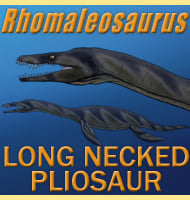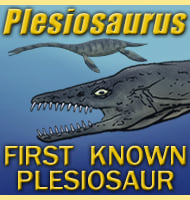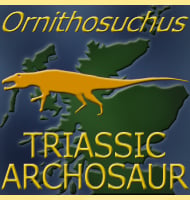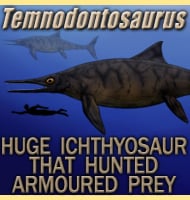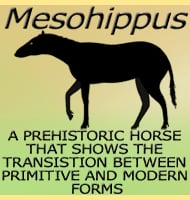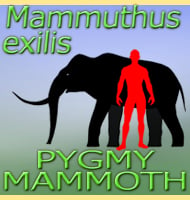In Depth
The holotype fossils of Pneumatoraptor are noted for containing numerous air cavities, which in turn inspired the name Pneumatoraptor which means ‘air thief’. The type species name is in honour of Geza Fodor, the person who provided funding for the expedition the expedition that recovered the Pneumatoraptor remains.
Pneumatoraptor was a small maniraptorian dinosaur that may likely be a member of the Paraves group. However, the remains of Pneumatoraptor are currently too incomplete to allow for a more accurate description and placement amongst other dinosaurs. What can be said is that Pneumatoraptor would have been a predator of other small animals, and probably shared its habitat with nodosaurs like Hungarosaurus, ornithopods like Rhabdodon and ceratopsians like Ajkaceratops. In addition to dinosaurs, pterosaurs like Bakonydraco would have also been present.
Further Reading
- Non-avian theropod dinosaurs from the early Late Cretaceous of central Europe, Attila Osi, Sebastian Apesteguia & Michal Kowalewski - 2010.

